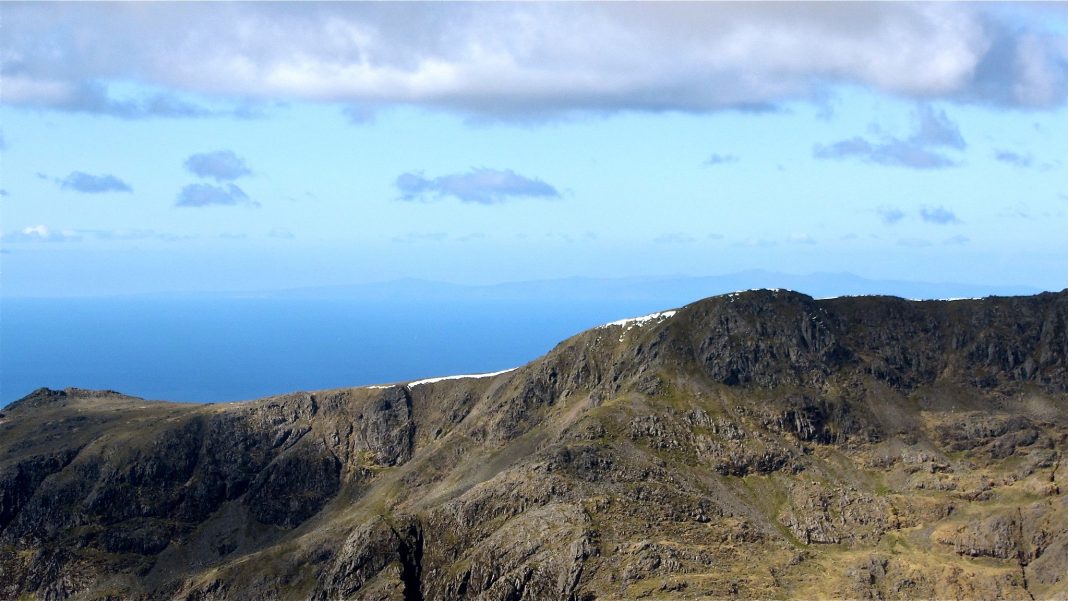A rare Bronze Age jet necklace has been discovered by Newcastle archaeologists.
The necklace, which has 122 beads, is likely to have originated in Whitby, Yorkshire. It is thought to have been made between 2200 and 1900 BC. Only 100 examples of such necklaces have been found in Britain, mostly in Scotland.
Whitby is still a centre for the manufacture and sale of jet jewellery today.
The necklace was discovered on the Isle of Man as part of the Round Mounds of the Isle of Man project. This project – jointly run by Newcastle University and the University of Leicester – is investigating Bronze Age burial sites across the island.
The necklace was found in a grave under a burial mound, with a skeleton that had been placed in a foetal position. The body would have been wearing the necklace when it was interred.
The Round Mounds of the Isle of Man project has so far involved over 40 Newcastle Students as well as local volunteers from the island.
Over the last three years, the project has uncovered seven cremated Bronze Age burials at an elaborate burial mound made of earth and stone at Berk Farm, Kirk Michael. The project has also been investigating how the mound was rebuilt and altered over time.
In addition, the project has included the study of aerial imagery, geophysical surveys at Bronze Age burial sites around the island, and the examination of prehistoric archaeological records and human remains in the Manx Museum. It has also involved radiocarbon dating, ancient DNA analysis and stable isotope analysis.
It is hoped that these activities will shed light on patterns of life and death on the Isle of Man and in the rest of Britain in the late Stone Age and Bronze Age, especially with regards to burial customs and funerary memorials.
The director of the Round Mounds of the Isle of Man project – and the head of archaeology at Newcastle University – Dr Chris Fowler, said, “This intricate necklace is a good indicator of long-distance contacts and interaction in the Early Bronze Age across the British Isles.”
“Our project examines how burial practices and associated monuments in the Isle of Man developed in relation to those in the surrounding islands, so this kind of discovery is particularly important to us.”
The project’s co-director, Dr Rachel Crellin from the University of Leicester, said, “This is an exceptional discovery, but the real value of it lies in the excavation that led to it.”
“Our careful excavation means we have lots of detailed records and data that will complement the application of scientific techniques to allow us to learn as much as possible about the necklace, the person who was buried with it, and the burial mound.”
(This article’s featured image, showing the Isle of Man, is courtesy of Peer Lawther from Flickr Creative Commons)




















